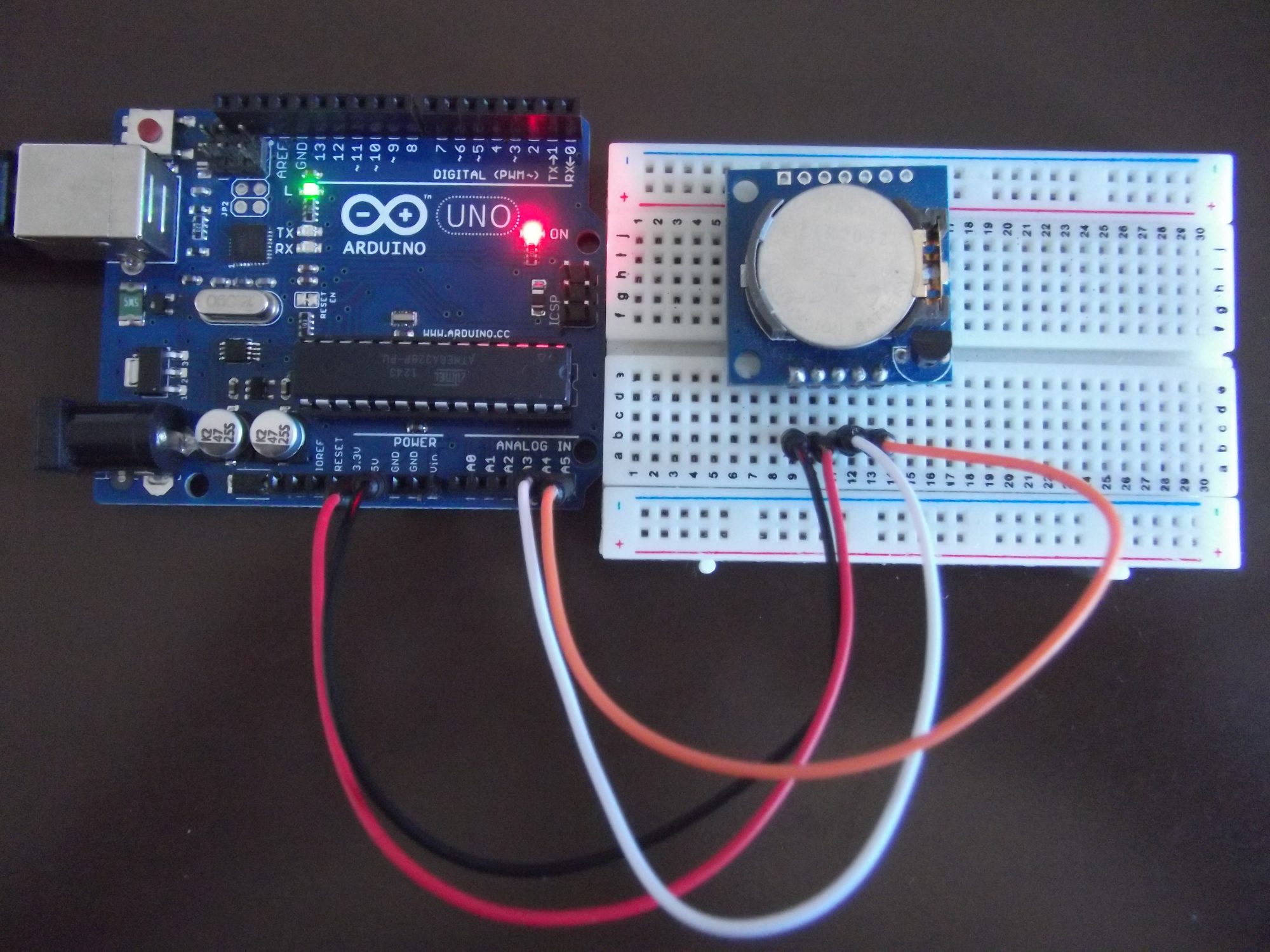
These routines don't impose any limit on the length of transmissions. As far as I can see there's no need for buffering as the I2C protocol incorporates handshaking, using the ACK/NACK pulses. I've always been puzzled about why the standard wire libraries use 32-byte send and receive buffers, and I haven't been able to find an answer to this on the web. The standard Wire libraries use 32-byte send and receive buffers requiring 64 bytes, which isn't such a problem on the ATmega chips, but on an ATtiny85 this is a significant part of the available RAM. These routines don't use buffers, reducing their RAM requirements to a couple of bytes. In addition, these routines differ from the Tiny Wire library routines in the following ways: Low memory requirements I've named these routines TinyI2C for two reasons: to distinguish them from the existing TinyWire libraries, such as the one included in Spence Konde's ATTiny Core, and to emphasise that these routines don't follow the Arduino Wire library naming conventions. The main difference between these routines and most other Tiny Wire libraries is that these don't use buffers, so have minimal memory requirements, and don't impose a 32-byte limit on transmissions.

As an example of their use I've designed a digital clock circuit based on an ATtiny85 connected to an I2C RTC module and driving an I2C 7-segment display:Ī simple I2C clock based on an ATtiny85 using the TinyI2C routines. They allow any ATtiny processor with a hardware USI to act as an I2C Master and connect to I2C peripherals.

This article describes a set of minimal I2C routines for ATtiny processors.


 0 kommentar(er)
0 kommentar(er)
